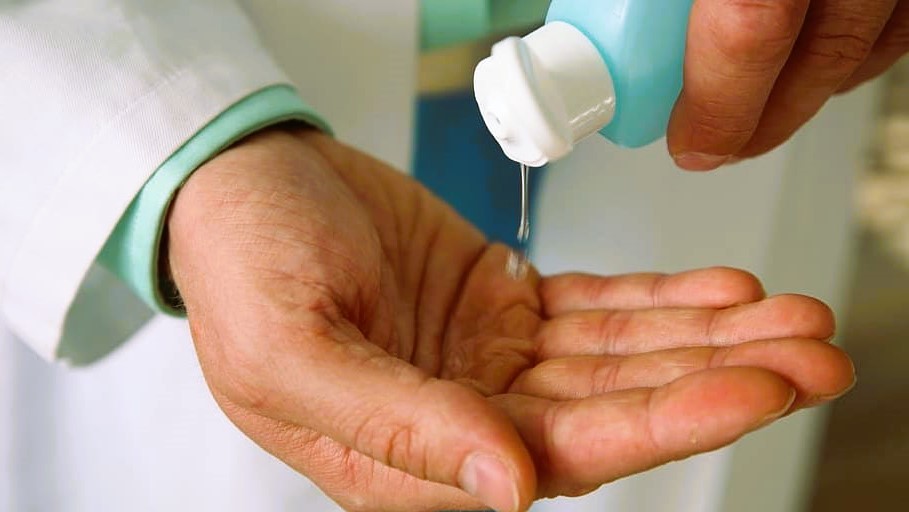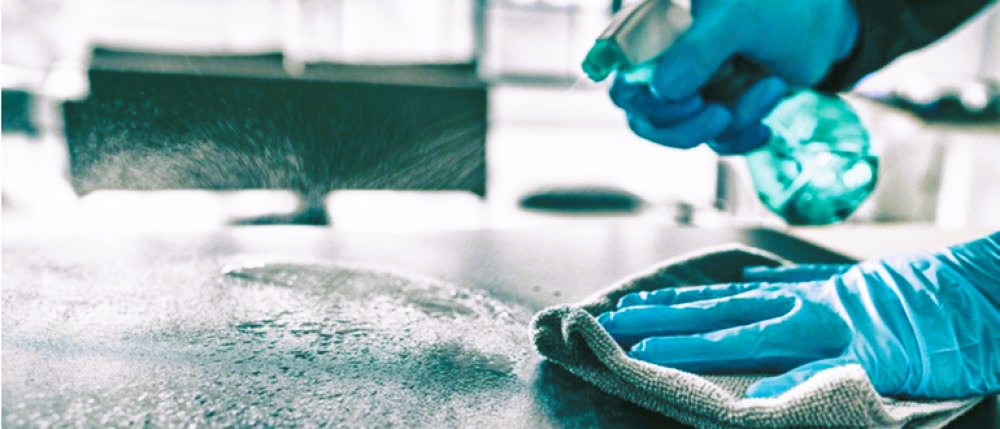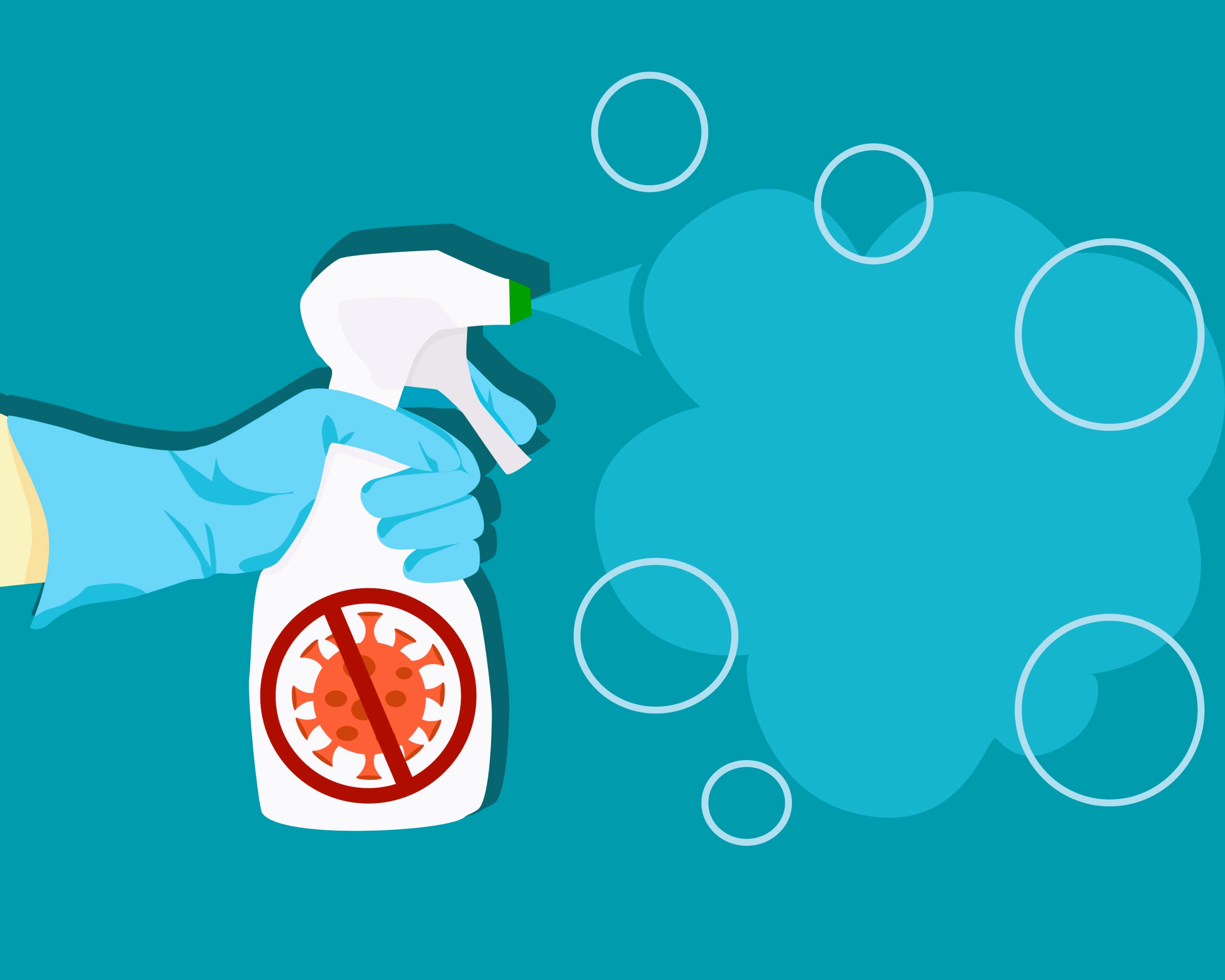In the ongoing battle against the spread of COVID-19, maintaining a clean and disinfected environment is paramount. The virus can survive on surfaces for varying periods, making surface cleaning a crucial element in preventing its transmission. In this comprehensive guide, we explore the best practices for cleaning and disinfecting surfaces to effectively thwart the spread of COVID-19.
Understanding the Importance of Surface Disinfection
COVID-19 primarily spreads through respiratory droplets, but it can also be contracted by touching contaminated surfaces and then touching the face. Therefore, keeping frequently-touched surfaces clean is a key strategy in preventing the virus’s transmission.
Best Practices for Surface Cleaning
1. Identifying High-Touch Surfaces:
- Focus on frequently-touched surfaces such as doorknobs, light switches, countertops, tables, handles, desks, phones, and electronic devices.
2. Regular Cleaning Routine:
- Establish a routine for regular cleaning of surfaces. Daily cleaning is recommended for high-traffic areas and shared spaces.
3. Choosing the Right Cleaning Products:
- Use EPA-approved disinfectants effective against viruses. Ensure the product is suitable for the surface you are cleaning.
4. Proper Hand Hygiene:
- Wash hands thoroughly before and after cleaning surfaces. Use hand sanitizer with at least 60% alcohol if soap and water are not available.

5. Personal Protective Equipment (PPE):
- Wear appropriate PPE, including gloves and masks, while cleaning and disinfecting surfaces. Dispose of gloves after each cleaning session.
6. Ventilation:
- Ensure proper ventilation during cleaning to minimize exposure to cleaning fumes. Open windows and doors if possible.
7. Follow Manufacturer’s Instructions:
- Adhere to the manufacturer’s instructions on cleaning products, including recommended contact times for disinfectants.
8. Sequential Cleaning:
- Clean surfaces before disinfecting. Use soap and water to remove dirt and grime, then apply the disinfectant. Cleaning and maintaining window tracks to protect against mold, see the link for more details.
9. Electronic Devices:
- Use alcohol-based wipes or sprays with at least 70% alcohol for disinfecting electronic devices. Follow the manufacturer’s guidelines to avoid damage.
10. Laundry Guidelines:
- Launder items such as linens, towels, and clothing using the warmest appropriate water setting. Dry items completely.
Creating a COVID-19 Prevention Plan
1. Risk Assessment:
- Conduct a risk assessment to identify high-risk areas and prioritize cleaning efforts.
2. Educate and Train Cleaning Staff:

- Ensure cleaning staff is educated on COVID-19 prevention protocols and trained in the proper use of cleaning and disinfecting products.
3. Public Awareness:
- Display educational materials on proper hygiene practices and the importance of surface cleaning in shared spaces.
4. Regular Audits and Feedback:
- Conduct regular audits of cleaning procedures and seek feedback from occupants to improve cleaning protocols.
Conclusion
In the fight against COVID-19, effective cleaning and disinfection of surfaces play a crucial role in breaking the chain of transmission. By following these best practices, individuals, businesses, and institutions can contribute to creating safer environments for everyone.
For more information on COVID-19 prevention and surface cleaning, refer to reputable sources such as Canada.ca – providing authoritative guidance on health and safety standards.
Remember, a collective commitment to cleanliness is a powerful tool in the battle against the pandemic. Stay informed, stay vigilant, and prioritize the health and well-being of yourself and those around you.


